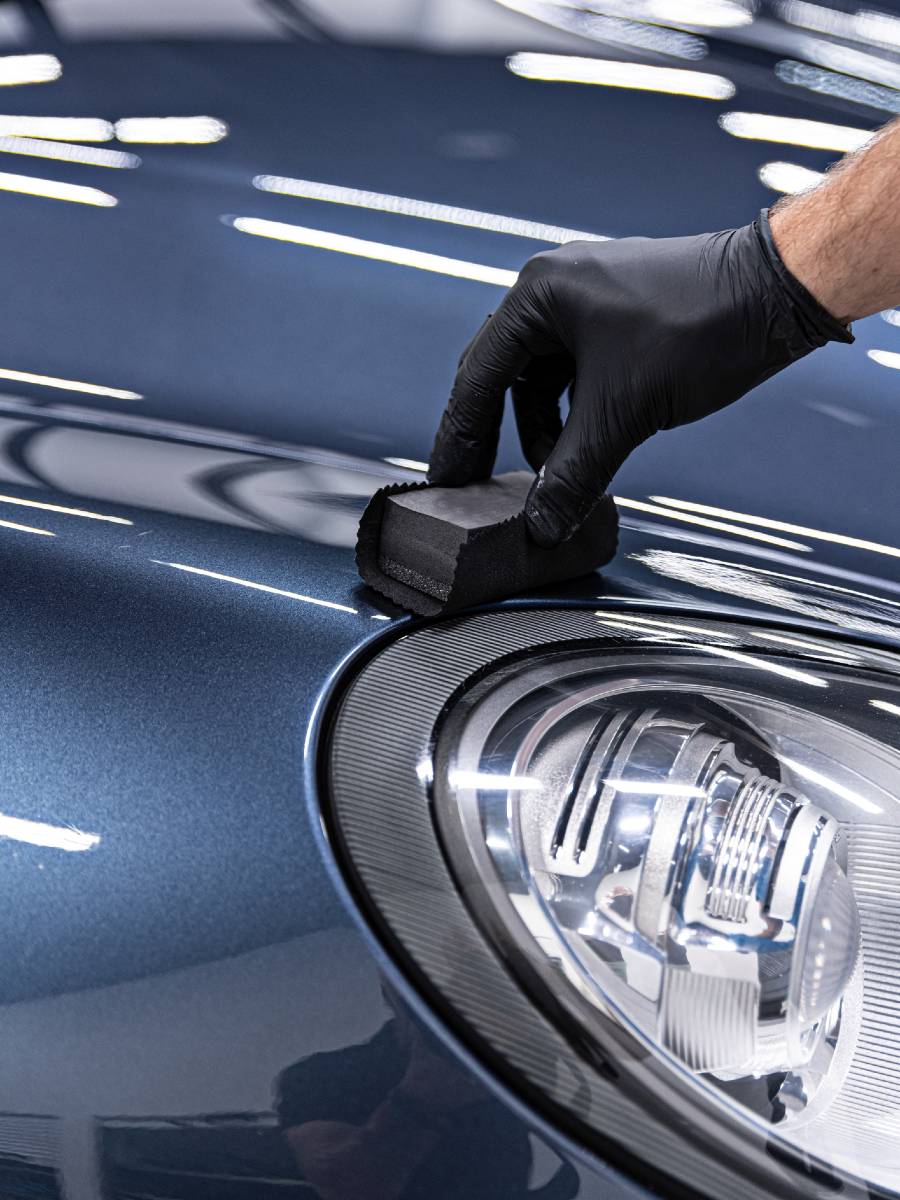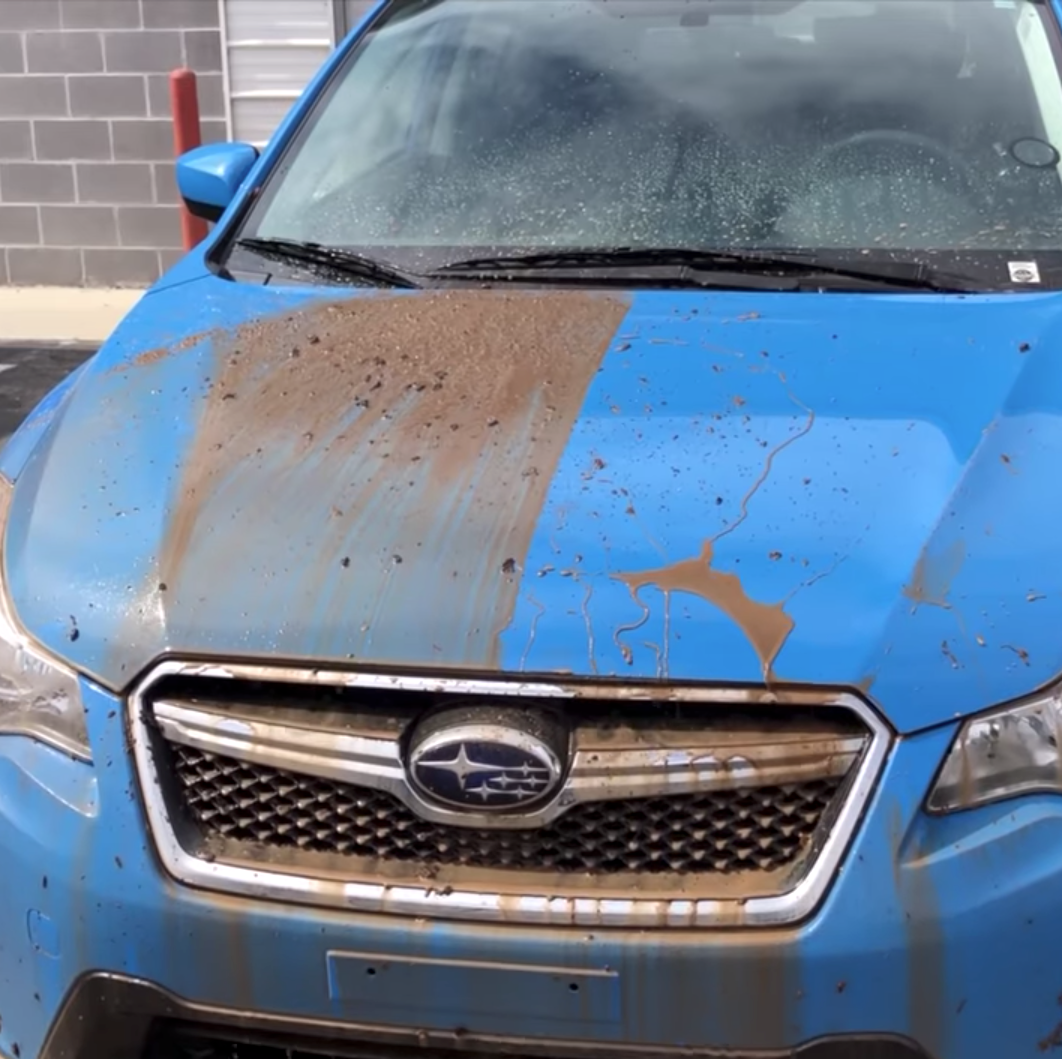Is Ceramic Coating Worth the Investment for Your Car’s Exterior?
Is Ceramic Coating Worth the Investment for Your Car’s Exterior?
Blog Article
Ceramic Finish vs. Traditional Wax: Which Gives Much Better Long-Term Defense?
The discussion between ceramic finishings and standard wax for lorry protection has gathered considerable interest among vehicle lovers and experts alike. While both satisfy of securing paint, their distinctions in longevity, application, and lasting maintenance prices might influence a customer's option. Ceramic finishes boast remarkable long life and resistance to environmental factors, yet the complexity of their application questions about ease of access and usefulness. As we discover these contrasting alternatives, it ends up being important to think about not only the immediate benefits yet additionally the implications for car care gradually.
Review of Ceramic Finish
Ceramic covering has actually acquired significant appeal among automobile lovers and detailers alike due to its sophisticated safety high qualities. This innovative modern technology is created to produce a durable, hydrophobic guard over a car's paint surface, significantly enhancing its resistance to environmental impurities such as dirt, UV rays, and chemical spots. Unlike standard wax, which provides a short-term layer of defense, ceramic coverings bond at a molecular degree with the paint, using long-lasting longevity-- typically extending past 2 years with proper maintenance.
The application procedure involves precise prep work of the lorry's surface area, including cleaning and polishing to make sure ideal attachment. Once applied, the finishing remedies to form a durable layer that not only includes depth and gloss to the paint however likewise streamlines upkeep. With its hydrophobic properties, ceramic finishing permits water and dust to glide off even more easily, lowering the regularity of cleans and lessening the threat of swirl marks.
Moreover, ceramic coatings are available in different solutions, allowing customers to pick items customized to their particular needs and preferences. Generally, ceramic covering represents a significant advancement in paint defense modern technology, supplying remarkable efficiency contrasted to traditional choices.
Summary of Typical Wax
Traditionally considered a staple in automotive treatment, wax serves as a popular choice for those looking for an uncomplicated method to enhance and protect their lorry's paint - ceramic coating. Automotive wax commonly consists of natural active ingredients, such as carnauba, or synthetic compounds, made to produce a protective layer on the surface of the paint. This layer not just enhances the car's gloss and radiate but likewise provides an obstacle versus ecological contaminants
The application of wax is generally straightforward, making it available for both professionals and do it yourself enthusiasts. It can be used by hand or equipment, enabling flexibility in the describing process. As soon as used, wax calls for a treating period, after which it sets to form a safety shell. Wax is also recognized for its capacity to repel water, promoting a beading result that assists in the avoidance of water spots and deterioration.
Nevertheless, while wax works for improving the visual allure of an automobile, it is essential to keep in mind that the defense it provides may demand much more constant reapplication contrasted to alternate products, such as ceramic finishes. Overall, conventional wax stays a favored choice for those prioritizing convenience of use and prompt aesthetic enhancement.
Durability and Durability Comparison
While both ceramic finishes and typical wax offer protective benefits for automotive paint, their resilience and durability vary dramatically. Typical wax, read normally made from natural carnauba or synthetic polymers, typically supplies a safety layer that lasts about 3 to 6 months. This fairly short lifespan demands normal reapplication to keep optimal security.
On the other hand, ceramic finishes are crafted from sophisticated nanotechnology, creating a covalent bond with the paint surface. This results in a durable, hydrophobic layer that can endure for two to 5 years, relying on the item and ecological problems. The remarkable toughness of ceramic finishes is credited to their chemical structure, which provides enhanced resistance to scrapes, UV rays, and oxidation.

Protection Versus Ecological Aspects
Securing a official website vehicle's paint from environmental variables is crucial for maintaining its appearance and worth over time. Cars are continuously exposed to a range of components, including UV rays, bird droppings, tree sap, acid rainfall, and road gunk, every one of which can compromise the integrity of the paintwork.
Ceramic layers supply a durable defense against these ecological aggressors. Unlike typical wax, which can degrade rapidly under UV direct exposure, ceramic coatings form a durable, hydrophobic layer that withstands the dangerous results of sunlight and toxic wastes. This innovative innovation creates a chemical bond with the car's surface area, supplying superior protection that lasts for several years, also in harsh conditions.
Standard wax, while simpler to apply, usually needs regular reapplication and supplies limited resistance to contaminants and UV rays. In time, it can break down, leaving the paint susceptible to scrapes and oxidation. On the other hand, ceramic finishings maintain their safety top qualities much longer, considerably reducing the danger of paint damage and making sure that the automobile keeps its aesthetic allure. Therefore, ceramic coatings are significantly identified as the premium selection for lasting protection against environmental factors.
Application and Upkeep Differences
The techniques of application and subsequent upkeep for ceramic finishings and traditional wax differ substantially, affecting the total user experience and efficiency of each item. Ceramic coatings call for an even more elaborate application process, usually involving surface prep work that consists of washing, sanitizing, and polishing the automobile. As soon as the surface prepares, the ceramic finish is applied in a controlled atmosphere, often needing expert experience to make sure correct curing and bonding to the paint.

While both items boost vehicle appearance, the longer-lasting protection provided by ceramic finishings might warrant their first financial investment, regardless of the even more demanding application process. On the other hand, conventional wax stays a prominent selection for those seeking a less complex, albeit temporary, remedy.

Final Thought
In final thought, ceramic layers show significant advantages over conventional official statement wax in terms of sturdiness and environmental management. With a life-span expanding 2 to 5 years and exceptional resistance to UV rays, dirt, and chemical spots, ceramic finishes use a much more efficient service for long-lasting car maintenance. The application process might need expert know-how, the resulting price financial savings and decreased frequency of reapplication emphasize the value of ceramic finishes for those looking for ideal automobile defense.
The discussion in between ceramic finishes and conventional wax for vehicle defense has gathered substantial interest amongst vehicle lovers and professionals alike. Unlike conventional wax, which gives a short-term layer of security, ceramic layers bond at a molecular level with the paint, supplying durable sturdiness-- often extending beyond 2 years with proper upkeep.
While both ceramic finishes and conventional wax offer protective advantages for automotive paint, their resilience and long life vary considerably. For auto lovers seeking long-term defense, ceramic finishings offer a compelling advantage over traditional wax items.
In final thought, ceramic coatings demonstrate significant benefits over typical wax in terms of longevity and ecological security.
Report this page